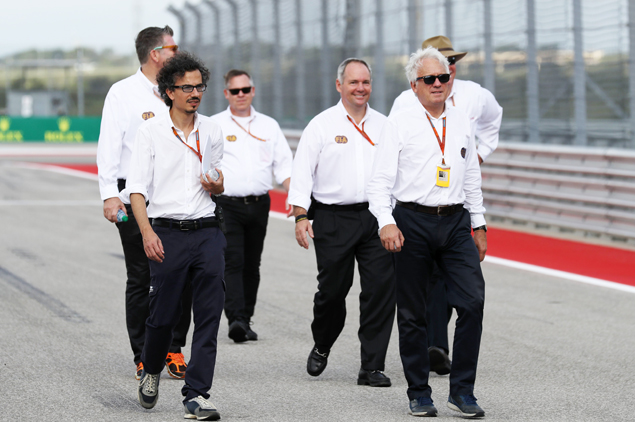DEALING WITH A TRIPLE CONSTRAINT
F1 crash tests rarely reveal unpleasant surprises, as engineers manage to anticipate chassis deformation with their dedicated software. That’s not to say they have an easy job though: chasing more performance remains the driving force behind the building of any new F1 challenger.
And if safety always prevails, calculation engineers also have to factor in design constraints (set out by the aerodynamicists) and weight constraints (imposed by all their colleagues). Chassis volumes are based around the airflow structure, not around giving more resistance, which cars must provide regardless.
Thanks to the FIA’s campaign, the number of serious accidents has dropped significantly in recent years, though Jules Bianchi’s ultimately fatal crash at the 2014 Japanese Grand Prix was a brutal reminder that more still needs to be done about other vulnerabilities such as having recovery vehicles in action while racing is still under way.
Since last year, the FIA has mandated that F1 pilots must wear in-ear accelerometers, while a high-speed camera pointing at the driver’s head has also been introduced.
The ruling body has now access to more data to study and prevent head injuries, which remains the biggest hazard in open-wheel racing. Ensuring optimum safety in motorsport is a never-ending journey but Mekies along with FIA safety delegate Charlie Whiting are tirelessly pushing forward in that field. And rightly so.

©Wri2
GALLERY: F1 drivers' wives and girlfriends
Keep up to date with all the F1 news via Facebook and Twitter







